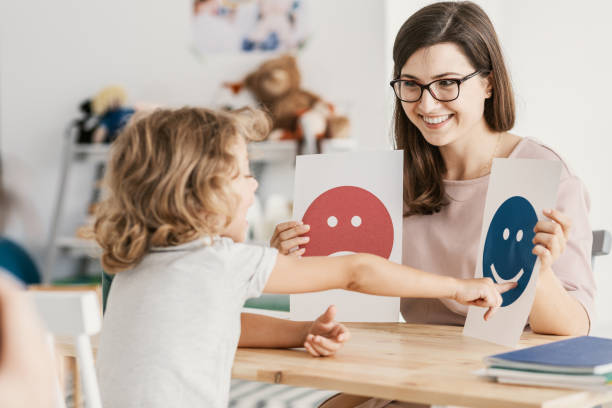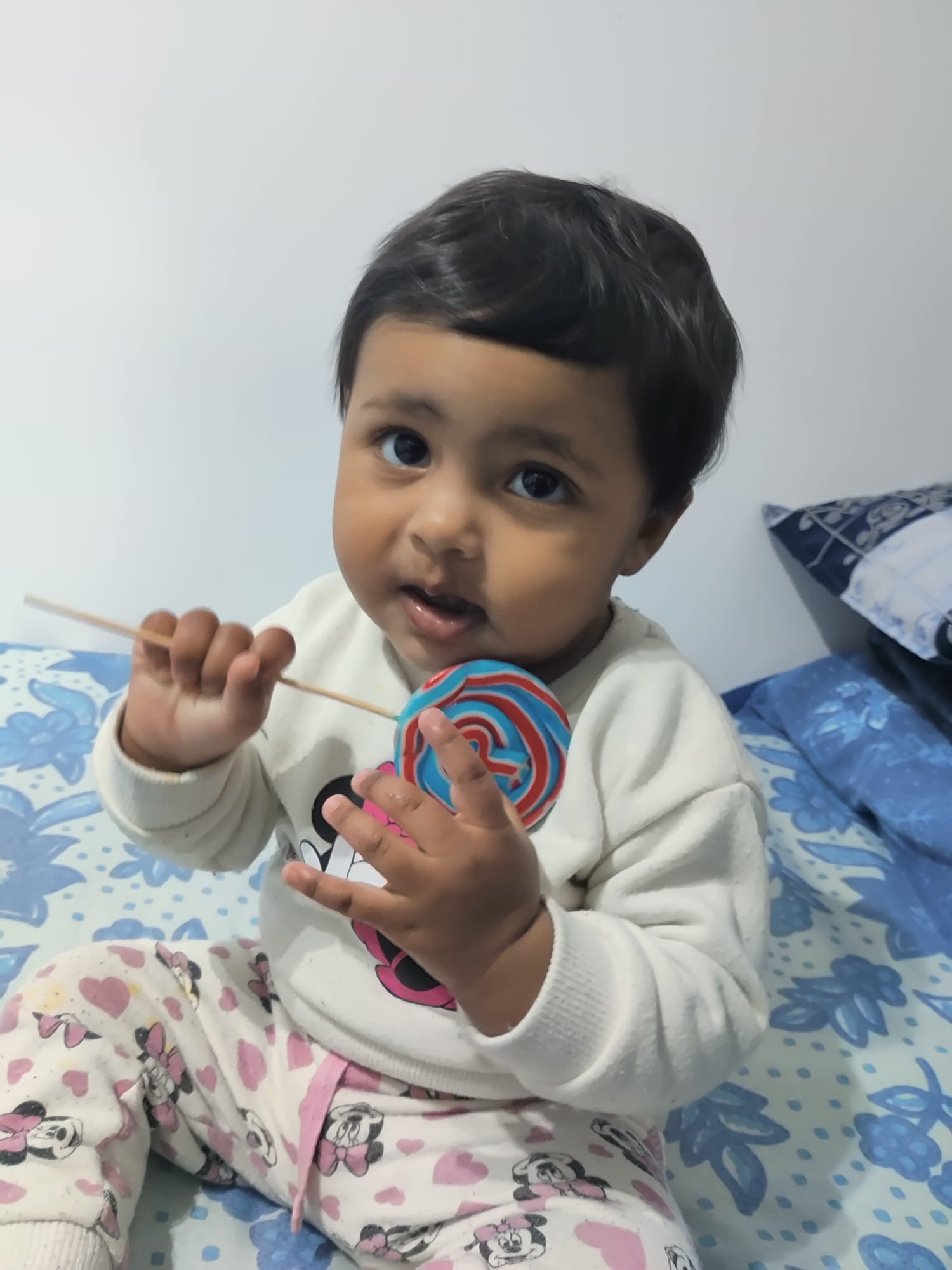Managing child behaviour can be tough for many parents. With more child behaviour problems in schools and homes, it’s key to know why and how to fix it.

A study found that almost 1 in 5 parents face trouble with their child’s behaviour. This makes them feel frustrated and guilty. But, with the right ways and methods, parents can beat these issues and bond better with their kids.
Key Takeaways
- Understand the root causes of child behavioor issues
- Develop effective parenting strategies
- Improve communication with your child
- Set clear boundaries and consequences
- Encourage positive behaviour
The Johnson Family’s Struggle with Behavioral Challenges
The Johnson family faced a big challenge with Ethan’s behaviour. Many families deal with child behaviour issues like them.
They tried different ways to discipline Ethan. But these methods didn’t work as Ethan’s behaviour got worse.
Meet Six-Year-Old Ethan: A Case of Escalating Behavior Issues
Ethan was full of energy and curiosity. His behaviour was destructive and left his parents worried. Simple tasks were hard for him, and daily life was disrupted.
Ethan’s behaviour was complex. It included impulsiveness, defiance, and trouble controlling his emotions. This made it hard for his parents to know how to help him.

The Breaking Point: When Traditional Discipline Failed
The Johnsons hit a breaking point when traditional discipline didn’t work. They tried time-outs, scolding, and rewards, but nothing helped. They felt helpless and looked for new parenting solutions.
They learned that managing child behaviour issues needs a better approach. It should look at the reasons behind the behaviour and find effective child discipline strategies.
Read blog/https://theparentzy.com/understanding-childrens-mental-health/
Child Behaviour Problem and Solution: A Comprehensive Overview
It’s important for parents and caregivers to understand child behavior problems. These issues can be mild or severe. They can be caused by genetics, environment, and how parents raise their kids.
Common Behavioral Issues in Children Ages 2-12
Children aged 2 to 12 may show different behaviours. Some are normal, while others might be a sign of a bigger problem. Common issues include tantrums, defiance, and aggression. It’s key for parents to know the difference.
The Difference Between Normal Development and Concerning Patterns
It can be hard to tell if a child’s behaviour is normal or not. Normal behaviours include testing limits and wanting to be independent. But, if a child is always aggressive, has severe tantrums, or harms themselves, it’s a concern. Knowing the difference helps in solving the problem.
Why Traditional Punishment Often Fails
Methods like time-outs and spanking don’t really solve the problem. They can make kids more aggressive, scared, and resentful. A better way is to use positive reinforcement, set clear rules, and understand why the child is behaving that way.
| Behavioral Issue | Normal Development | Concerning Pattern |
|---|---|---|
| Tantrums | Occasional, related to frustration or tiredness | Frequent, intense, and prolonged |
| Aggression | Rare, in response to a specific situation | Frequent, towards people or objects |
| Defiance | Testing boundaries, asserting independence | Persistent refusal to comply, hostile behavior |

By understanding child behaviour and using a full approach to managing it, parents and caregivers can help kids grow in a supportive environment.
https://theparentzy.com/autism-spectrum-disorder-symptoms-and-causes/
The Science Behind Child Behaviour: Brain Development and Environmental Factors
To manage child behaviour well, we must understand brain development and what affects it. Children’s brains grow and change a lot, which shapes their actions.
How Children’s Brains Process Emotions Differently
Children’s brains handle emotions in ways that differ from adults. The prefrontal cortex, key for making decisions and controlling impulses, is still growing. This can cause kids to act impulsively and have big emotional reactions. Knowing this helps parents use positive parenting tips that fit their child’s age.

Environmental Triggers for Behavioural Issues
Things around us greatly affect how kids behave. Stress from family fights, school pressure, or social issues can lead to bad behaviour. Finding out what causes these problems is a big step in behavioural therapy for kids. It helps parents and therapists create plans to help.
The Role of Consistent Boundaries in the Johnson Family’s Journey
The Johnson family learned setting clear rules was key to handling Ethan’s behaviour. Consistent boundaries make kids know what’s expected, cutting down on confusion and worry. This is a key part of positive parenting, creating a safe and stable place for kids to grow.
Understanding the science of child behaviour helps parents find better ways to handle child behaviour issues. This approach not only fixes current problems but also helps kids grow positively over time.
The Surprising Gut-Brain Connection in Children’s Behaviour
Research shows the gut-brain axis is key in understanding child behaviour. The connection between the gut and brain affects how kids act. It’s a big deal.

How Gut Health Affects Mood and Behavior
The gut microbiome makes neurotransmitters and hormones that affect mood and behaviour. An imbalance, or dysbiosis, can cause behavioural problems in kids. Studies show kids with behavioural issues often have different gut bacteria.
Nourishing the gut with good foods can help. Foods like fruits, veggies, and whole grains feed good bacteria. This helps keep the gut healthy.
Signs of Poor Gut Health in Children
It’s important to know the signs of poor gut health early. Look out for:
- Digestive issues like constipation or diarrhea
- Frequent infections
- Skin problems like eczema or acne
- Behavioural changes, like being irritable or hyperactive
Seeing these signs means it’s time to make changes. Parents can start by changing their child’s diet and lifestyle.
Ethan’s Gut Health Assessment and Initial Changes
Ethan’s parents got help from a healthcare professional. They changed his diet to include more gut-friendly foods. They also cut out things that might upset his gut.
By understanding the gut-brain link and making smart food choices, parents can help their kids. Adding foods with probiotics, like fermented foods, is a good idea.
Nutrition as a Powerful Tool for Improving Child Behaviour
What a child eats can really affect their behaviour. This is a big help for parents. For kids like Ethan, who had trouble, changing their diet helped a lot.
Foods That Triggered Ethan’s Behavioural Issues
Finding and avoiding bad foods is key. For many kids, foods with lots of sugar and fake stuff make things worse. Ethan’s parents found out some foods really affected him.
- Foods high in refined sugars
- Products containing artificial coloring and preservatives
- High-sodium foods
Top 10 Foods That Support Balanced Behaviour
Good foods can help kids behave better. Here are the best ones:
- Leafy green vegetables
- Berries rich in antioxidants
- Fatty fish high in omega-3 fatty acids
- Nuts and seeds
- Whole grains
- Legumes
- Lean proteins
- Complex carbohydrates
- Healthy fats
- Probiotic-rich foods
Creating a Behaviour-Supporting Meal Plan
A good meal plan is important for kids. Here’s how to do it:
Breakfast Options for Balanced Behaviour
A healthy breakfast sets a good start. Try:
- Oatmeal with fruits and nuts
- Scrambled eggs with vegetables
- Whole-grain toast with avocado
Lunch and Dinner Strategies
For lunch and dinner, aim for:
- Colorful vegetables
- Lean proteins and whole grains
- Less processed foods and sugars
Smart Snacking for Behavioural Support
Healthy snacks are key. Choose:
- Fruits and cut vegetables with hummus
- Nuts and seeds
- Yogurt or cheese
Good nutrition can really help kids behave better. It’s a holistic approach to parenting solutions.
The Child Behaviour Checklist: A Practical Assessment Tool
The Child Behaviour Checklist is a key tool for parents. It helps them understand and tackle their child’s behavior. This tool is made for both parents and professionals to use.
What the Child Behaviour Checklist PDF Contains and Measures
The Child Behaviour Checklist PDF looks at many parts of a child’s behaviour. It checks internalizing behaviours like anxiety and externalizing behaviours like aggression.
Dr. Thomas Achenbach says, “The Child Behaviour Checklist is a widely used and well-validated measure for assessing child behaviour problems.”
“The checklist gives a full view of a child’s behavioural strengths and weaknesses. It helps parents and professionals find the right ways to help.”
How the Johnsons Used the Checklist to Track Progress
The Johnsons used the Child Behaviour Checklist to see how Ethan was doing. They filled it out often to spot patterns and areas to work on. This helped them change their parenting ways.
Here’s how they tracked Ethan’s progress:
| Assessment Period | Internalizing Behaviors Score | Externalizing Behaviors Score |
|---|---|---|
| Initial Assessment | 65 | 72 |
| After 3 Months | 55 | 60 |
| After 6 Months | 45 | 50 |
Accessing and Using the Checklist PDF for Your Child
Parents can find the Child Behaviour Checklist PDF online. It’s available through many professional sites. Once they have it, they can use it to check their child’s behaviour and see how it changes.
Scoring and Interpretation Guidelines
To score the checklist, parents need to follow the instructions. They should add up the scores for each item. The guidelines help them understand what the scores mean for their child.
When to Repeat the Assessment
It’s best to do the assessment every 3 to 6 months. This lets parents see how their child is doing and make changes if needed.
Effective Behaviour Management Strategies That Worked for the Johnsons
The Johnson family tried many ways to manage Ethan’s behaviour. They found some strategies that really worked. Their experiences can help other families too.
Setting Clear Expectations and Consistent Consequences
The Johnsons set clear rules for Ethan’s behaviour. They made sure he knew what was expected. “Clear expectations helped us avoid many conflicts,” said Mrs. Johnson. Consistency was key in following these rules.
They told Ethan the rules clearly and stuck to the consequences. This made things clearer for him. It helped him follow the rules better.
The Power of Positive Reinforcement in Ethan’s Case
Positive reinforcement was big for Ethan. The Johnsons rewarded good behavior. This made Ethan’s behaviour much better over time.
“Noticing and rewarding the good behavior made a huge difference,” noted Mr. Johnson. This approach made their home a more supportive place for Ethan.
Creating a Behaviour Management Plan
A detailed plan was crucial for the Johnsons. This plan had several important parts:
- Daily routines that supported good behavior
- Effective communication techniques
- De-escalation strategies for meltdowns
Daily Routines That Support Good Behaviour
A daily routine made Ethan feel secure. The Johnsons set up a schedule for homework, chores, and rest. This helped reduce bad behavior.
Effective Communication Techniques
Good communication was key for the Johnsons. They listened well and spoke clearly. This reduced misunderstandings and fights.
De-escalation Strategies for Meltdowns
Ethan still had meltdowns. The Johnsons learned how to handle these. They stayed calm, gave Ethan a safe space, and gently redirected him.
By using these strategies, the Johnsons managed Ethan’s behavior well. They created a more peaceful home.
When to Seek Professional Help for Child Behaviour Issues
Deciding when to get help for your child’s behavior can be tough. It’s important to know when to ask for help. This helps solve your child’s behavior problems.
Warning Signs That Indicated Professional Intervention for Ethan
The Johnson family knew Ethan needed help when he was very aggressive. He also had trouble controlling his feelings and it affected his daily life and friends. Parents should look out for signs like constant anger, not listening to rules, or staying away from friends.
Types of Behavioral Health Professionals the Johnsons Consulted
The Johnsons talked to child psychologists, therapists, and specialists. These experts gave them great advice on how to help Ethan. Parents can find similar help for their kids.
What to Expect from Behavioural Therapy Sessions
Therapy for kids starts with checking their behaviour and finding what triggers it. It’s a team effort, with parents, therapists, and teachers working together. Knowing what to expect helps parents support their child better.
Getting professional help is a big step in solving child behaviour problems. With the right support, kids can learn to control their behaviour. This leads to a happier life and stronger family bonds.
Read more;https://theparentzy.com/autism-spectrum-disorder-symptoms-and-causes/
Conclusion: The Holistic Approach to Managing Child Behaviour
Managing child behaviour is a big challenge. It needs a full and caring approach. The Johnson family’s story with Ethan shows how important it is to look at many things. This includes what they eat, their gut health, and how to manage their behaviour.
Gut health plays a big part in how kids behave. Studies link gut health to child behavior. A healthy gut helps kids feel and act better. Parents can help by changing what they eat and creating a loving home.
This article talks about a complete plan for managing child behaviour. It includes good food, ways to manage behaviour, and getting help when needed. With this plan, parents can help their kids grow emotionally and behave better. This makes family life better and more peaceful.
FAQ
What are some common child behaviour problems?
Kids often have tantrums, defy rules, act aggressively, or get too hyper. These issues can come from many places. This includes their growth stage, what’s around them, and health problems.
How can I improve my child’s behaviour using nutrition?
Food is key in managing a child’s behaviour. Eating foods full of omega-3s, vitamins, and minerals helps. Foods like salmon, nuts, and greens are good. Avoiding junk and sugary drinks is also smart.
What is the gut-brain connection, and how does it affect child behaviour?
The gut-brain connection is how our gut and brain talk to each other. Studies show it affects mood and behaviour in kids. Eating well and using probiotics can help keep a healthy gut and better behaviour.
How can I use the Child Behaviour Checklist to track my child’s progress?
The Child Behaviour Checklist is a tool for parents. It helps track changes in behavior. By using it regularly, parents can spot trends and find areas to improve. This makes it easier to help their child.
What are some effective behavior management strategies for children?
Good strategies include setting clear rules and using positive rewards. Creating a detailed plan for managing behavior is also key. Daily routines, good communication, and calming techniques help too.
When should I seek professional help for my child’s behaviour issues?
If your child’s behaviour is really upsetting or affecting their life, get help. Look for signs like constant anger, self-harm, or extreme mood swings. A professional can offer great advice and support.
What can I expect from behavioural therapy sessions for my child?
Therapy sessions help find the reasons behind your child’s behavior. A trained therapist works with you and your child. They teach skills and strategies to improve behaviour and reduce problems.
Are there any child behaviour modification techniques that I can use at home?
Yes, you can use positive reinforcement, redirecting, and natural consequences at home. These methods help shape your child’s behaviour and encourage good habits.
How can I support my child’s mental health and wellbeing?
To support your child’s mental health, create a caring environment. Talk openly and encourage healthy habits like exercise, balanced eating, and sleep. Being proactive and meeting your child’s needs helps build a strong mental foundation.





Pingback: What Are The Best Toys for Toddler Brain Development? - Theparentzy.com